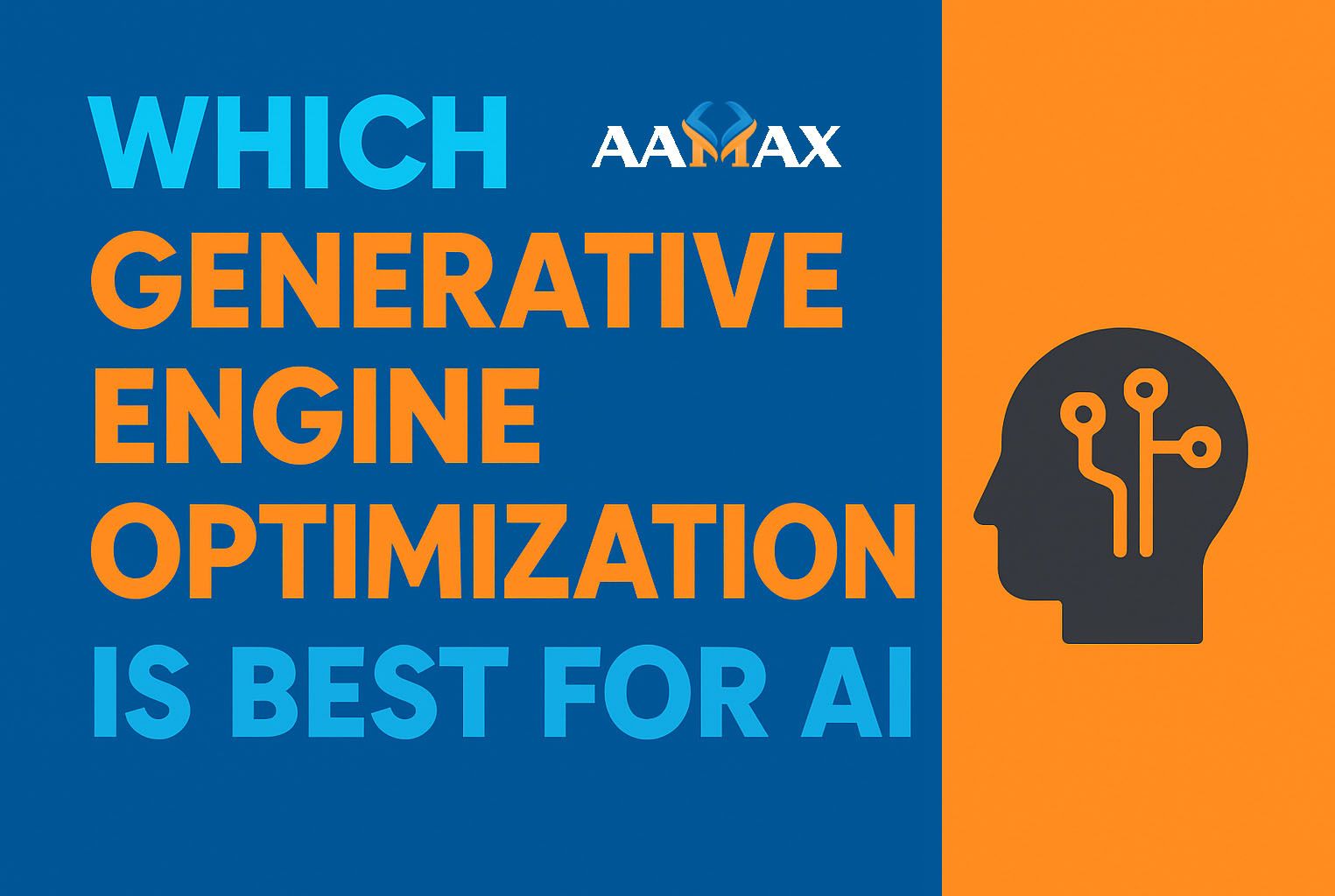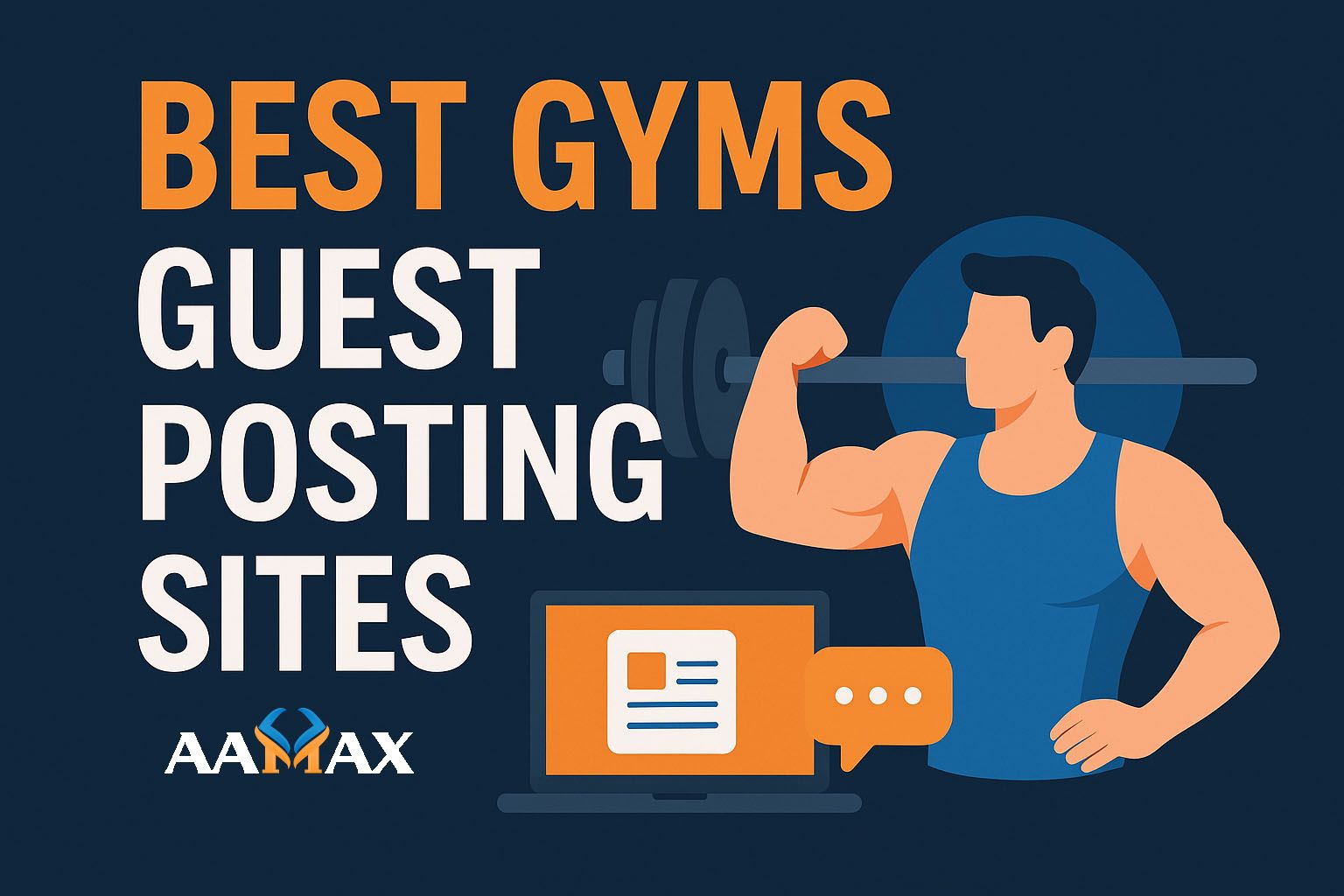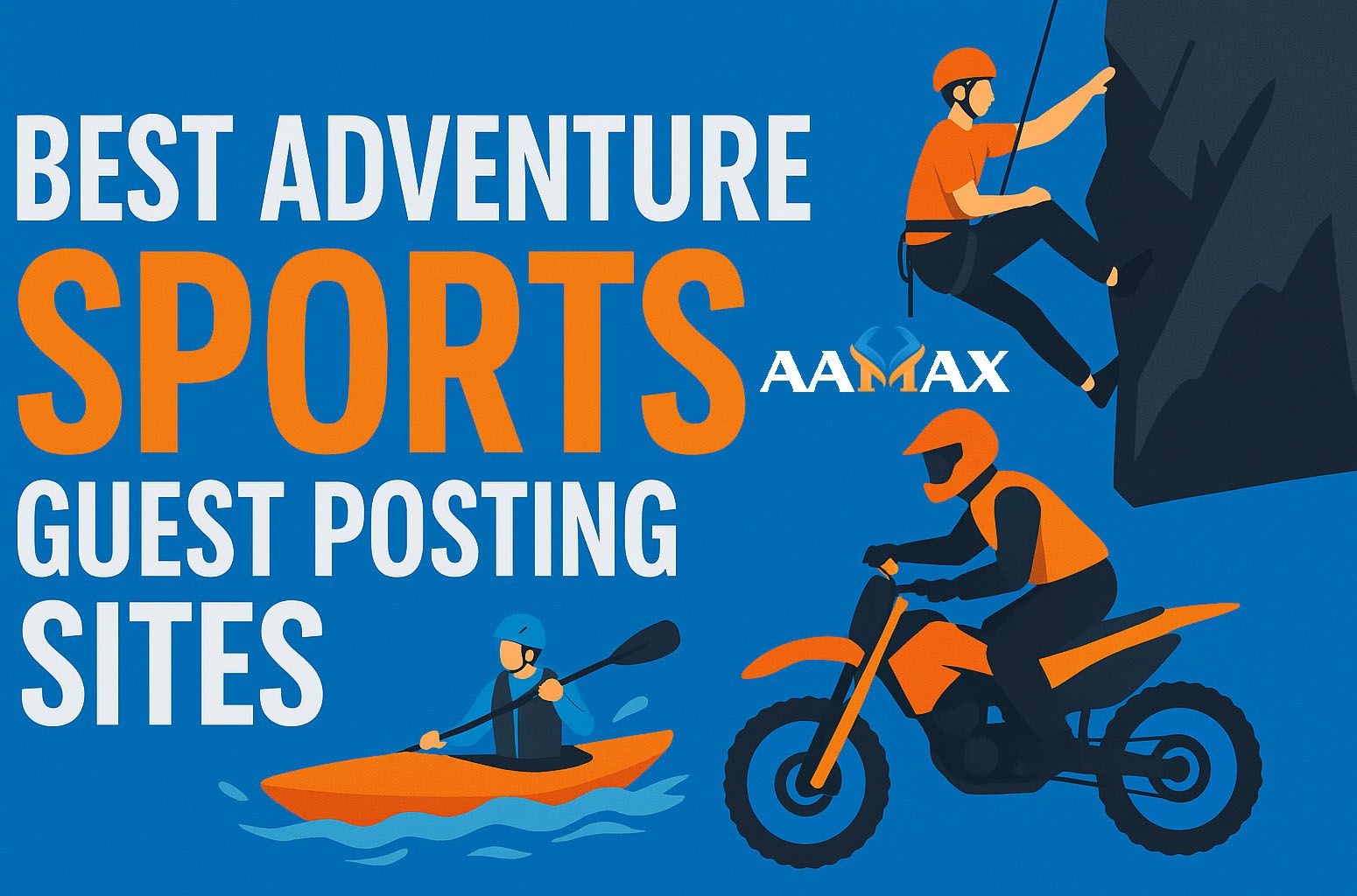
Which Generative Engine Optimization Is Best for AI
As artificial intelligence transforms how we search, learn, and engage online, Generative Engine Optimization (GEO) is becoming the cornerstone of the new digital ecosystem. Businesses are realizing that traditional SEO tactics — optimized primarily for Google’s algorithms — are no longer enough. Instead, they must optimize for AI-driven discovery systems like ChatGPT, Perplexity, Gemini, and Claude.
But the big question remains: Which Generative Engine Optimization strategy is best for AI?
This in-depth guide explores that question in detail, helping you understand what makes GEO effective, which methods work best, and how to build an AI-optimized strategy that ensures your brand stays visible in the era of intelligent search.
Understanding Generative Engine Optimization (GEO)
Before exploring which GEO method is best, it’s important to understand what Generative Engine Optimization actually is. GEO is the process of structuring, formatting, and enriching content so that AI-powered engines can interpret, summarize, and cite it correctly when responding to user queries.
Generative engines differ from traditional search engines. Instead of returning a list of websites, they generate complete answers based on data they’ve learned from billions of web pages and documents. GEO helps ensure that your content is part of those AI-generated answers.
For example:
- When a user asks ChatGPT, “What are the best SEO strategies for 2025?”, a GEO-optimized article might be referenced or summarized in its response.
- When someone uses Perplexity AI to research “How to optimize for Gemini search?”, a GEO-structured website has higher chances of being cited.
Why GEO Matters for AI Optimization
AI systems no longer rely solely on keywords or backlinks. Instead, they evaluate context, authority, semantics, and structure. GEO ensures that content is AI-readable, contextually relevant, and trustworthy — three factors that determine whether AI will use your content in its generated outputs.
The Shift from Search to Generation
Traditional SEO: Rank higher on SERPs (Search Engine Result Pages) to get more clicks.
GEO: Get your content included and cited in AI-generated responses, even if no SERP is displayed.
This shift means your content must be optimized not only for humans and crawlers but also for AI interpretation, contextual learning, and model retrieval.
Benefits of GEO for AI Visibility
- Increased authority: AI models treat your brand as a reliable knowledge source.
- Enhanced exposure: Your content appears in conversational responses and AI research tools.
- Zero-click visibility: Even if users don’t visit your site directly, your brand becomes associated with authoritative answers.
- Long-term adaptability: GEO future-proofs your content for evolving AI search models.
Key Elements of Effective GEO for AI
Determining which GEO strategy works best depends on how well it aligns with AI’s information processing principles. Let’s break down the key optimization pillars that make content AI-friendly and discoverable.
1. Structured and Semantic Data
AI relies on structured context to understand relationships between entities, facts, and topics.
To optimize effectively:
- Implement schema structured data, such as
Article,FAQPage, andOrganizationschema. - Use semantic HTML tags (
<article>,<section>,<header>,<footer>,<aside>) to improve logical flow. - Include clear headings and metadata for context understanding.
This ensures your content is machine-readable, allowing AI models to interpret and reuse it correctly.
2. Authoritative and Verified Information
AI models prioritize accuracy. Content that is factually correct, cited, and updated frequently is favored.
Best practices:
- Cite credible sources and include references.
- Use E-E-A-T principles (Experience, Expertise, Authoritativeness, Trustworthiness).
- Include author bios, dates, and credentials to validate your expertise.
3. Contextual and Conversational Tone
Since AI interacts conversationally, optimizing content for natural language understanding (NLU) is vital.
Use:
- Full sentences with question-based headings (e.g., “How does GEO affect AI optimization?”).
- Conversational flow that matches how humans naturally ask questions.
- Synonyms, entities, and semantic variations rather than keyword stuffing.
4. AI Citation Optimization
Generative models like Perplexity and Bing Copilot include citations and references when generating responses.
To increase the chance of citation:
- Build factual, well-structured guides that directly answer questions.
- Use statistics, definitions, and expert commentary that AI can quote.
- Keep URLs short, clean, and semantically descriptive.
5. Content Freshness and Data Updating
AI engines prefer recent and relevant data. Regularly updating your website’s content signals recency and reliability.
Maintain:
- Frequent blog updates.
- Fresh insights and new research.
- Clear publication and update timestamps.
6. Cross-Platform Presence
AI models analyze content from multiple platforms — not just websites.
Enhance your visibility by:
- Publishing thought leadership on LinkedIn, Medium, and YouTube.
- Maintaining a consistent brand identity across digital channels.
- Getting backlinks from reputable industry sources.
This creates a larger digital footprint that AI models can recognize and trust.
Comparing GEO Strategies: Which Is Best for AI?
Let’s evaluate several GEO approaches to determine which works best for AI discovery and visibility.
| GEO Strategy | Description | Ideal Use Case | Effectiveness for AI | |---------------|--------------|----------------|----------------------| | Content-Centric GEO | Focuses on optimizing content structure, semantics, and facts. | Blogs, knowledge bases, how-to guides. | ⭐⭐⭐⭐⭐ | | Data-Driven GEO | Uses structured data, schema markup, and metadata. | E-commerce, product pages, company listings. | ⭐⭐⭐⭐ | | Entity-Based GEO | Builds authority through recognized entities (people, brands, topics). | Personal branding, expert blogs, news media. | ⭐⭐⭐⭐ | | Conversational GEO | Focuses on question-based, NLU-friendly writing. | AI chat optimization, educational content. | ⭐⭐⭐⭐⭐ | | Citation-Driven GEO | Aims to increase external mentions and citations. | Research-heavy, industry-specific content. | ⭐⭐⭐⭐⭐ | | Social and Multimodal GEO | Extends optimization to social media, videos, and podcasts. | Brands with visual or interactive content. | ⭐⭐⭐ |
From the comparison, Content-Centric GEO, Conversational GEO, and Citation-Driven GEO emerge as the most effective strategies for AI. They combine depth, readability, and verifiability — the qualities AI systems prioritize when generating content.
The Best GEO Strategy for AI: A Hybrid Approach
No single technique defines the “best” GEO for AI. The most successful approach is a hybrid strategy combining content optimization, structured data, and conversational flow.
Step 1: Build a Solid Content Foundation
Start with long-form, high-quality articles that provide in-depth insights.
Make sure each post answers multiple related questions — similar to how AI structures its responses.
Step 2: Use Schema and Metadata
Integrate schema markup to help AI engines interpret your data hierarchy.
Include FAQPage schema for conversational questions, which are frequently used by ChatGPT and Gemini for training references.
Step 3: Optimize for Conversational Queries
Structure your content around “How,” “Why,” and “What” questions.
Example: “What makes GEO important for AI systems?” rather than “GEO importance AI.”
Step 4: Build Authoritative Signals
Publish thought leadership, obtain backlinks from reputable sources, and showcase credentials.
AI gives higher preference to brands and authors recognized across platforms.
Step 5: Encourage AI-Friendly Linking and Citations
When creating content, use clear definitions and factual paragraphs that AI can easily extract.
Include lists, comparisons, and summaries that resemble knowledge graph entries.
Step 6: Track and Refine GEO Performance
Since GEO analytics are still emerging, measure:
- Mentions of your brand in AI engines (e.g., Perplexity).
- Changes in engagement from AI-driven traffic.
- Citation appearances and brand mentions in generative summaries.
Common GEO Mistakes to Avoid
Even though GEO is new, some pitfalls can reduce visibility in AI-driven platforms:
- Keyword stuffing — AI models ignore repetitive phrasing and penalize unnatural content.
- Lack of citations — AI favors verifiable, sourced content over opinion-based writing.
- Ignoring structure — Unorganized text without hierarchy is difficult for AI to process.
- Neglecting updates — Outdated information lowers trust and citation potential.
- Thin content — Short, shallow posts don’t meet the depth AI systems prefer.
Avoiding these mistakes ensures that your site remains a trusted reference for AI-generated outputs.
GEO and the Future of AI Discovery
Generative AI will soon dominate online information retrieval. Instead of typing “best SEO agency near me” into Google, users will ask AI assistants for recommendations — and the AI will reference the brands it has learned to trust.
In that landscape, Generative Engine Optimization becomes the key to discoverability. Businesses that adapt early will enjoy higher exposure and stronger brand authority.
The Integration of GEO and SEO
GEO doesn’t replace SEO — it elevates it.
Together, they create a comprehensive visibility strategy:
- SEO improves website performance and ranking.
- GEO ensures your brand appears in AI-generated summaries and answers.
The Role of AI-Driven Analytics
Future analytics tools will measure GEO metrics such as:
- AI citation frequency.
- Brand visibility in generative search.
- AI-assistant-driven referral traffic.
This integration will reshape how marketers track online visibility and conversions.
Implementing GEO with Expert Guidance
Implementing effective GEO requires technical precision, AI understanding, and content strategy expertise. If you’re looking to optimize your business for the AI-driven search era, professional help can make all the difference.
That’s where AAMAX comes in — a full-service digital marketing company offering Web Development, Digital Marketing, and SEO services. The AAMAX team specializes in building fast, structured, and AI-ready websites designed to perform across traditional and generative engines alike.
With expert developers, strategists, and content specialists, AAMAX can help you:
- Create AI-optimized content structures.
- Implement GEO-driven metadata and schema.
- Build high-performance websites ready for the future of search.
Final Thoughts
The best Generative Engine Optimization for AI is not about one tool or tactic — it’s about understanding how AI reads, interprets, and cites information.
By combining structured data, conversational design, and authoritative content, businesses can ensure that their websites become trusted sources for generative models like ChatGPT, Gemini, and Perplexity.
The future of search is AI-driven, and those who master GEO will dominate digital visibility in the coming years. Start implementing GEO now — and let your content speak directly to the engines of the future.







